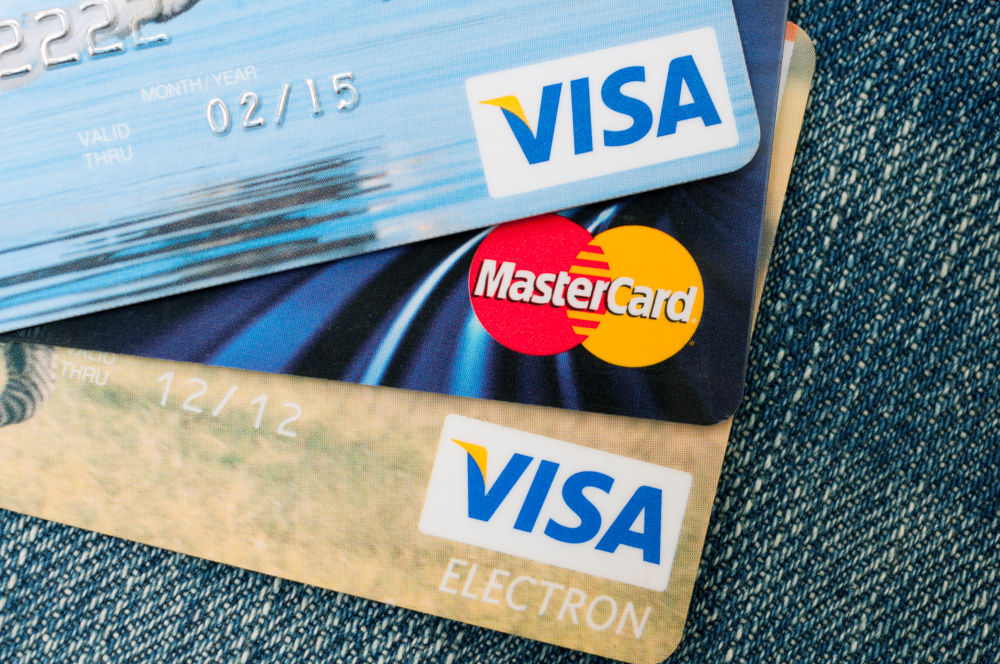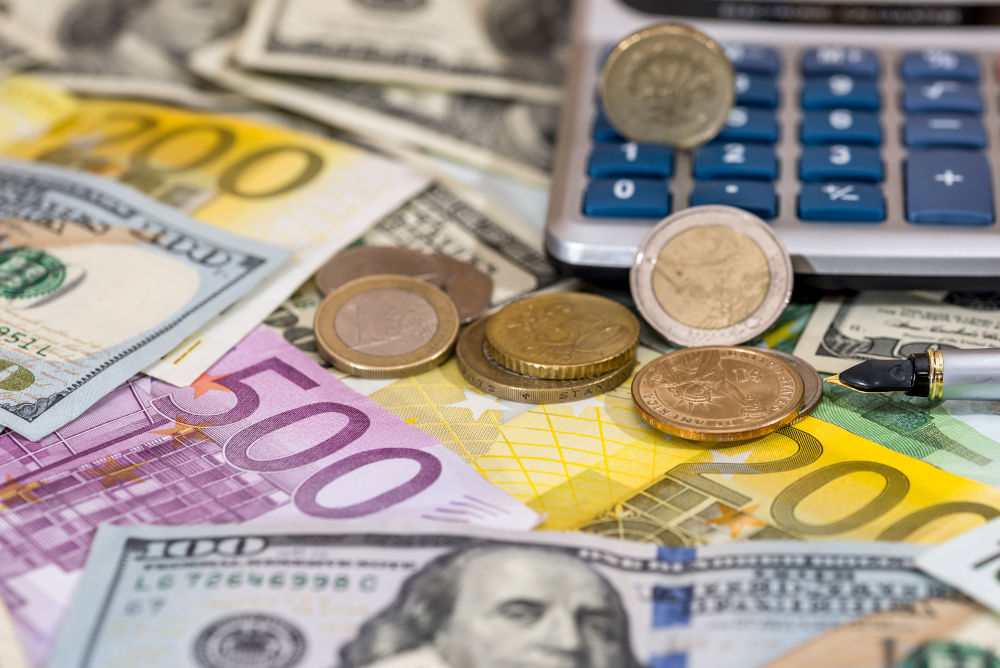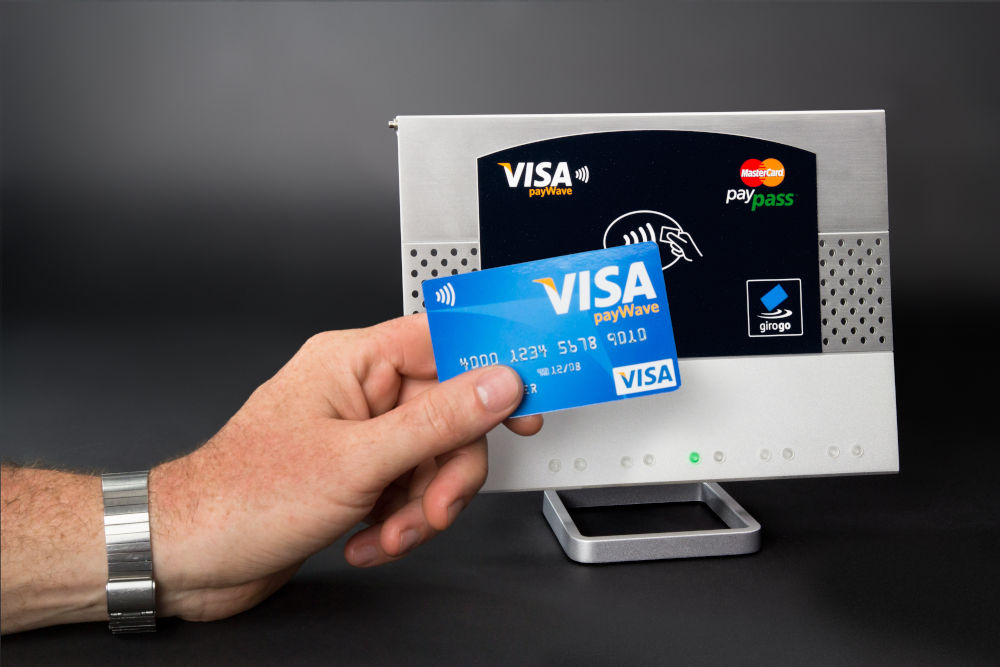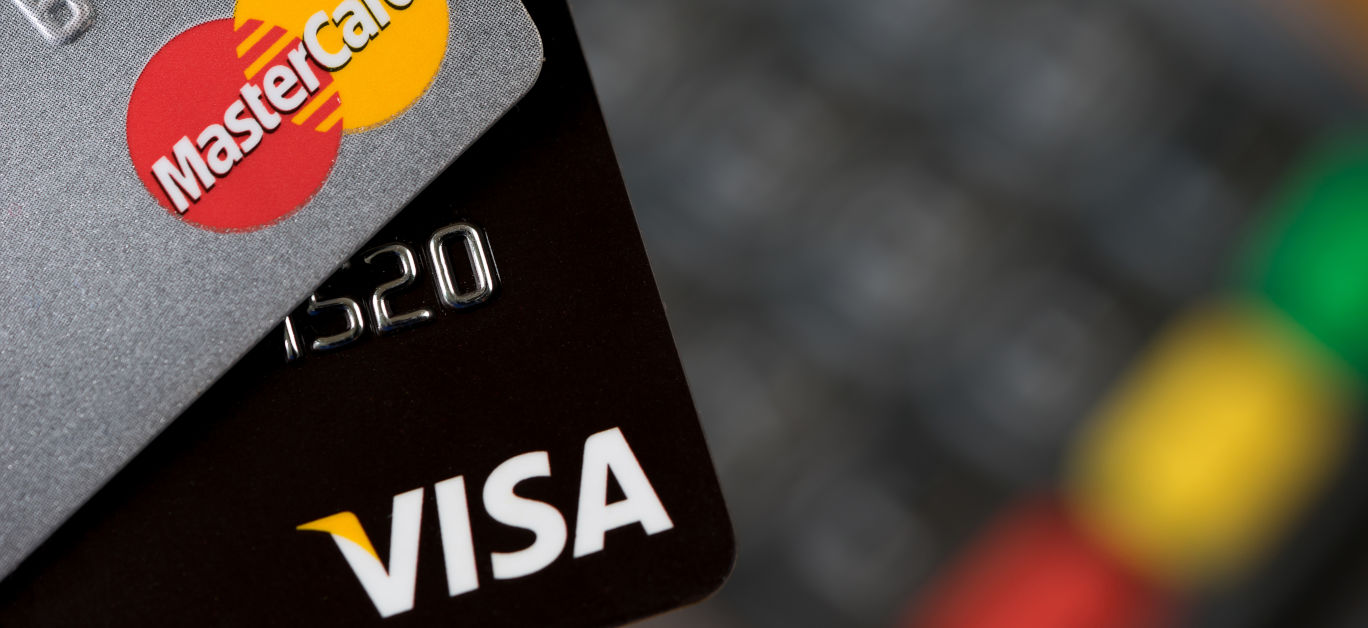When it comes to spending money, wealthy and affluent consumers seeking luxury goods and services are some of the biggest splurgers of all, and when it comes to ‘putting it on the plastic’, they are well versed. While in today’s modern age, you’re more likely to whip out Apple Pay than a physical card to fund your next excesses, Visa and Mastercard remain some of the most popular means of payment for debit and credit card holders, offering smooth, seamless transactions and the ease of not having to carry cash.
Premium Visa and Mastercard credit card providers often offer exclusive perks and rewards tailored to the affluent demographic, such as access to VIP lounges, concierge services, and travel benefits, which means they align perfectly with their desire for luxury experiences and convenience. Because this demographic has such high spending power, they can maximise benefits like cashback, airline miles, or hotel points on their purchases, which further enhances their appeal. Plus, with both types of card widely accepted globally, they offer the ultimate flexibility when it comes to buying anywhere, anytime – whether it’s shopping in New York or fine dining in Paris.
But contrary to popular belief, there are some differences between Visa and Mastercard that mean consumers, businesses and payment providers alike may favour one over the other. They might be the preferred choice for luxury spending among the wealthy elite, but knowing how they compare will help to ensure you’re choosing the right one to meet your needs.
So, what is the difference between these payment systems, and what are their advantages and disadvantages? We asked the experts at money exchange – Rates to break it all down.
What is a payment system?

In order to understand the key advantages and disadvantages of Visa and Mastercard, you first need to know how they function. These payment systems provide a network that facilitates the transfer of funds between parties during transactions, enabling consumers to make purchases using methods including credit cards, debit cards and digital wallets. By using them, merchants can be sure of receiving payments quickly and securely, and consumers can enjoy maximum convenience.
Uninterrupted communication is maintained through payment systems that operate thanks to special computer technology and the information capabilities of banks. As well as carrying out the transactions themselves, they also convert currency and determine the order of interactions between financial organisations.
Visa
Created in the USA in 1958, the Visa payment system is today represented in 200 countries around the world, and the turnover of plastic cards with its mark has now reached 80 million.
In addition to MasterCard, Visa’s main competitor is UnionPay, although it is still only represented in 177 countries to date.
Mastercard
The world’s second most popular payment system – Mastercard – was also developed in the USA, just a few years later in 1966. The 8-year difference did not prevent it from quickly occupying a niche in the financial market, and although for the first 30 years, Mastercard lagged behind its direct competitor in terms of turnover, capital levels, and the number of countries in which it was present, by 2010 it had caught up. Today, both companies operate at approximately the same level.
Similarities and differences between Visa and Mastercard
Users will mainly notice the difference between Visa and Mastercard when actively moving between countries and continents.

Usage
Both Visa and Mastercard are widely accepted globally, although Visa’s reach is slightly broader and of the two, it is more likely to be accepted in countries with developing or less developed financial infrastructures. In Asia and Africa, for example, Visa dominated the market, while Mastercard enjoys a strong presence in North America and Europe. Both networks support a wide range of different currencies, but when it comes to overall volume and the current level of acceptance, Visa has a slight edge. Nevertheless, Mastercard is often favoured amongst luxury consumers and enjoys an elevated reputation in certain regions for its premium services and partnerships.
Loyalty programmes
On that note, another key difference between Visa and Mastercard lies in the perks and bonuses each payment system offers to encourage loyalty from its customers. Typically, these include discounts and cashback when booking hotels and flights and paying for goods at online stores, but packages vary depending on the specific type of credit card and the issuing bank.
Mastercard is known for its Priceless Experiences program, offering exclusive access to events and promotions, while Visa Signature and Visa Infinite cards provide benefits like concierge services and travel perks. Cashback offers range from seven to 25 percent – again, depending on the specific card type – so when it comes to working out which is the best one for you, think about what you’ll be using it for and which benefits appeal to you the most, and go from there.
Currency Conversion
Both cards can be used to pay at retail outlets in any country in the world if it supports payments in the specified payment system. Visa and Mastercard differ in their approach to currency conversion fees, with the former generally using the exchange rate set by the card network on the transaction date, and the latter applying its exchange rate at the time of processing. Visa’s method may offer more transparency, but Mastercard’s approach can, at times, mean lower conversion fees for cardholders, so both have their pros and cons. Some banks may also impose their own fees on currency conversion, regardless of the card network used.

PayWave and PayPass
Both payment systems have developed technologies that allow for contactless payments. PayWave and PayPass – introduced by Visa and mastercard respectively – allow consumers to make quick and easy payments in one tap of either their card or their mobile device if using a digital wallet or ApplePay on contactless-enabled payment terminals, all without compromising on security. Both technologies are enjoying a dramatic surge in popularity worldwide, offering a faster and more convenient alternative to traditional card payments. Currently, the maximum transaction amount facilitated by both providers is £100, although this may vary where certain merchants have imposed limits of their own.
Card levels and their differences
Banks offer service packages that differ from each other in terms of financial capabilities and annual service costs. The more expensive the card, the more privileges it offers, regardless of whether it’s a debit or credit card.
First level
To receive a salary, withdraw cash, or pay for goods and services, you can apply for a Maestro card from Mastercard or an Electron card from Visa. There are no differences between them, with both supporting basic operations, although some terminals and ATMs may not accept them and they cannot be used for contactless transactions.

Standard level
Mid-level cards include Standard and Classic and differ from entry-level cards in that they support contactless payment and offer an increased limit for basic transactions. However, unlike entry-level cards, there are no free offers.
Premium level
The main difference between standard and premium cards is their extended financial capabilities. In addition to increased limits on basic transactions, premium cards provide personal management services, bonuses from the bank, and a payment system. Such privileges are available to holders of World, World Elite, Edition and Black (Mastercard), and Gold, Signature, Infinite, and Platinum (Visa).
The bottom line
So, which card is the right choice for you as a luxury consumer? The answer is, it depends. Ultimately, it comes down to your individual needs and preferences, while your location may also play a role. Both networks offer myriad benefits, rom purchasing power to access to exclusive perks and rewards, so consider where you plan on using your card and whether it is likely to be accepted there; the currency and conversion fees that will apply when travelling abroad or making foreign transactions, and which loyalty programme best aligns with your personal lifestyle and financial goals. The good news is that whichever you choose, toy can
Using tools like Rates.fm can enhance the currency transaction experience, ensuring a seamless and efficient payment process no matter where in the world you happen to be.






















